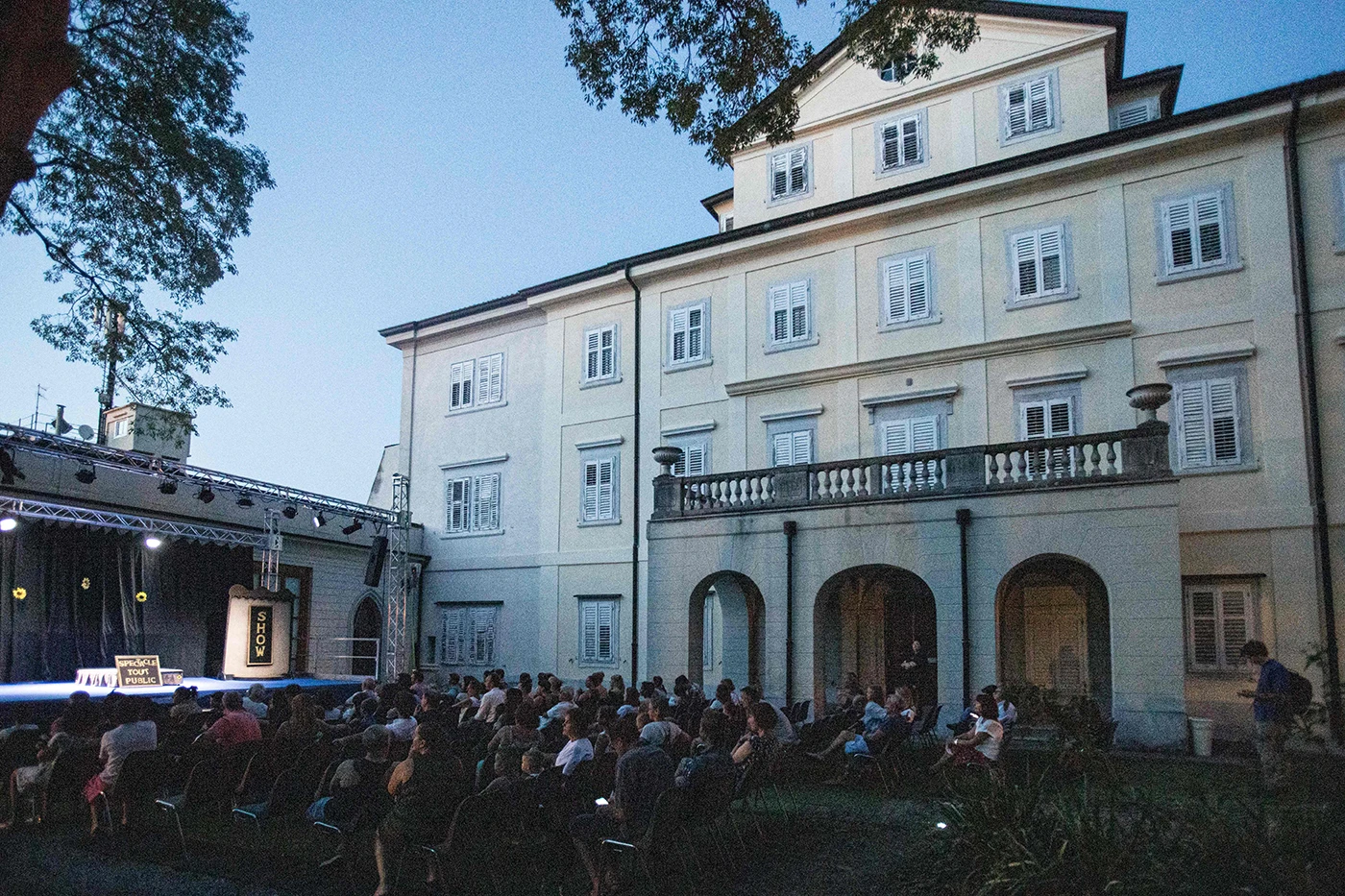The eighteenth-century Sartorio Villa, a refined and evocative bourgeois residence, renovated in a neoclassical style by Nicolò Pertsch in the mid-nineteenth century, was inhabited until 1946 by the Sartorio family who arranged for it to be bequeathed to the Municipality of Trieste. The villa is still almost intact in its furnishings today: the ballroom, the living rooms, the library, the dining room, and the large kitchen allow you to perceive the lifestyle of the nineteenth-century Trieste upper class. The Museum also exhibits important collections such as the 254 drawings by Giambattista Tiepolo, one of the five most important in the world, purchased by Giuseppe Sartorio in 1893, and Histria, a body of works of art from the 14th to the 18th century (Paolo Veneziano , Alvise Vivarini, Vittore Carpaccio, Giambattista Tiepolo etc.) of Istrian origin, recovered in Friuli during the Second World War.
Largo Papa Giovanni XXIII 1

 Eventi
Eventi